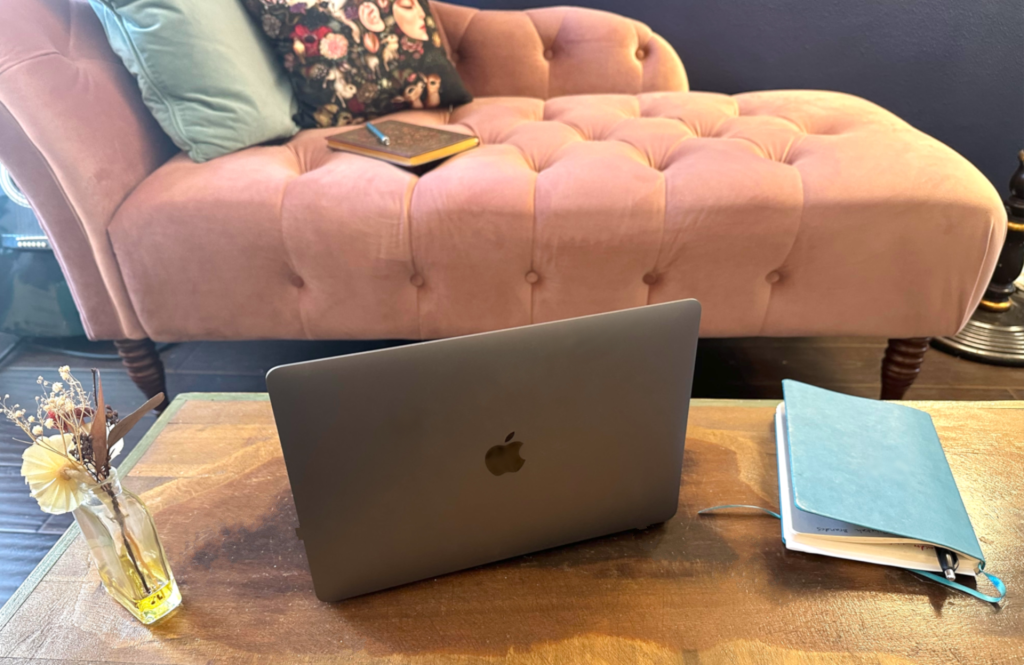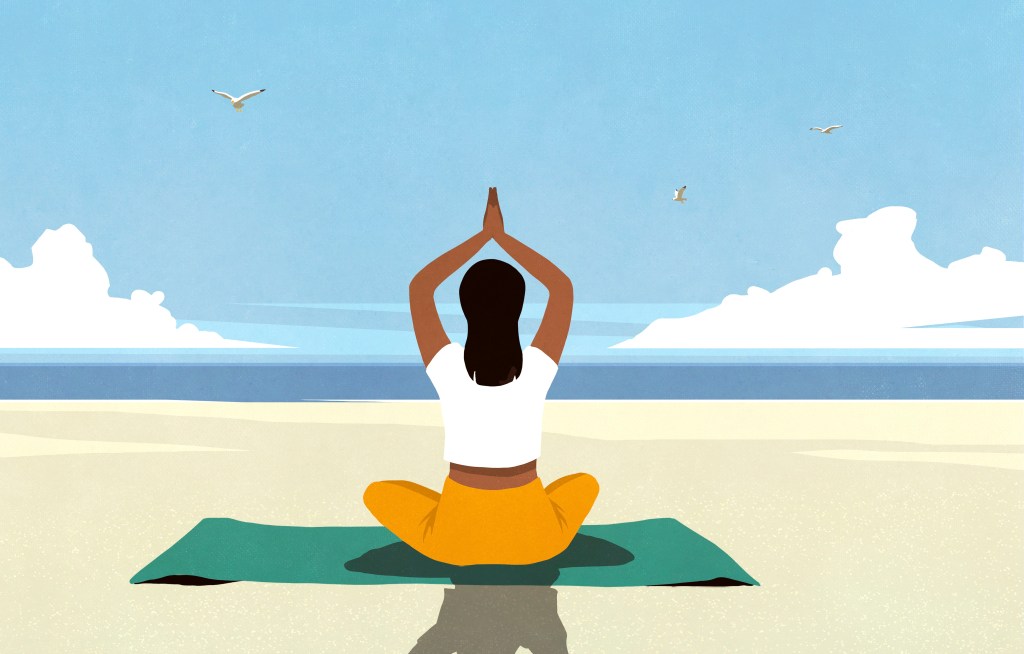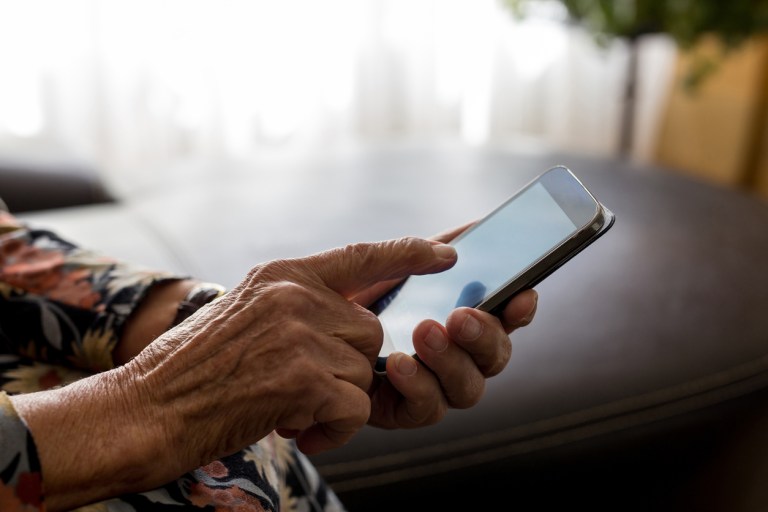Perhaps it was the umpteenth study I read touting the benefits of mindfulness, or perhaps it was when I realized en route to a doctor’s appointment that I’d been distractedly attempting to open the office building’s gate by clicking the remote control to my own garage — but somewhere along the way, I decided I needed to give meditation a go.
Friends had recommended it to me for years to reduce anxiety and tune in to the present; it’d just always seemed too far outside my wheelhouse to be feasible. Like many people, I had the mistaken idea that meditating is about clearing your mind, and that was something I didn’t think I could achieve.
In reality, clearing your mind isn’t the object at all, author Sharon Salzberg, who is often credited with helping bring meditation into mainstream Western culture, told me. “The goal is not to stop thinking, but to learn to relate differently to our thoughts,” she explained.
It should be noted that mindfulness and mindfulness meditation are two different things. The former is a way of being, a moment-by-moment awareness of our thoughts, feelings, and environment through a gentle, nonjudgmental lens. The latter is a practice that builds on the power of concentration, per Salzberg. (Learn about the differences here.)
Armed with a more complete understanding of both concepts, I set myself a challenge: I’d meditate every day for eight weeks, and continue thereafter if I felt it was adding value to my life. My hope was that I’d come out the other side more grounded, more present, and less in my head. And being a reporter, my natural impulse was to track my experience and write about it.
Read on for a recap of my journey, what I took away from it, and some bonus advice I got from speaking to experts in the field.
Getting Started

There are a ton of wonderful meditation apps and YouTube channels out there, but I chose to use Waking Up — in no small part because it offers a free 30-day course that doesn’t require a credit card to sign up.
Created by neuroscientist Sam Harris, the app focuses on the nature of consciousness and includes a good amount of secular philosophy, which I liked. Each daily session comprises a guided meditation and brief supplemental lesson. (Plus, I immediately enjoyed the sound of Harris’ voice — pretty important if you’re going to be listening to someone talk for two months straight.)
I opted to meditate at the same general time every day, in the morning. I also attended a free group mindfulness meditation class through Stanford University during my first week at it, which was helpful in getting me introduced to the practice.
Weeks 1-2
The first few Waking Up sessions were between 7-10 minutes long and centered on the technique of paying attention to the breath. The instruction was to follow your breathing closely, coming back to it each time the mind wandered — and my mind definitely wandered.
Knowing that I was going to be writing about my experience, I found it particularly challenging to refrain from making mental notes about what I would touch on in this article. And it quickly became quite obvious how much my timing mattered: If I started meditating 15 minutes before work, for example, it was far more difficult not to get lost in thought about the day’s tasks. In that same vein, I decided to always meditate before checking my email, so I didn’t have to mentally contend with a pressing issue awaiting my attention.
From the onset, I noticed a definite mood boost following each session — sure, that good mood didn’t always persist into the afternoon, but it was gratifying knowing that I’d kicked off each day on a positive note.
Weeks 3-5

At this point, I was loving my newfound practice. I’d begun to immerse myself in the culture, so to speak, listening to an endless stream of podcasts and audiobooks on meditation and making my best effort to apply what I was learning — namely that my thoughts don’t equate to reality. Rather, they are occurrences in consciousness that I can choose not to engage with.
As Ellen Langer, a Harvard psychology professor who has been studying mindfulness for decades, explained to me: “When you’re mindful, you come to see that events don’t cause stress. Events are neither good nor bad. It’s our view of events that make them good or bad. The more mindful we are, the more options we have for how to view things.”
Once my 30-day Waking Up course concluded, I subscribed to the paid version and started doing longer daily sessions, between 10 and 15 minutes. I began meditating in the afternoon some days as well, excitedly envisioning my future as an enlightened master of my own mind.
Weeks 6-8
Around week six, I was switching off between guided and non-guided meditations, wanting to get better at simply sitting in silence and being aware of everything around me — particularly in nature. If I was on a hike, I’d stop and meditate in the shade of a tree for 10 minutes. If I was spending a day at the beach, I’d relish the chance to lie back in the sun and focus on my breath. I felt like I had a superpower, and it was exhilarating.
By the eighth week, meditating seemed like something I couldn’t live without, rather than something I once couldn’t imagine doing. I’d stopped judging myself when my mind wandered, considering each time it did an opportunity to bring my attention back to the present moment.
Reflection

While I hadn’t become quite the paragon of serenity I’d envisaged by the end of my two-month odyssey, my meditation practice left me with two very noticeable — and very transformative — realizations.
Attention
The role that attention plays in giving power to anxiety is the single greatest takeaway from my foray into meditation.
Before I started, I thought meditating would somehow miraculously melt away all stress. But I learned through my practice that the real way to reduce stress through meditation is to redirect attention from the anxious thoughts that can cause it.
I found it extremely helpful when lying in bed trying to sleep to simply shift my concentration to my breath, following it closely in and out. I’d attempted deep breathing activities before, of course, but the attention aspect is what clicked for me this time around: It’s not just the breathing that helps us disengage from our thoughts and calm the body, it’s focusing on the breathing.
In this way, I could better control my anxiety, not because it merely disappeared, but because I was able to shift my attention away from the thoughts that fueled it.
Ritual
Very early on in my journey, I discovered that the mere act of meditating improved my well-being, no matter how “successful” I was at it.
Choosing to partake in a daily activity for my self-betterment gave me an immense sense of pride, confidence, and meaning. Meditating was hard, but I was doing it. It was mine, a routine I developed, a ritual I cherished. That last observation made me think of Casper ter Kuile’s book, The Power of Ritual, so I reached out to the author for some insight.
“Rituals give our life shape and meaning. They help situate us amid life’s busyness and unpredictability,” he explained when I shared my experience with him. “Rituals offer an anchor of stability and intention that grounds us. If we return to the same song, meditation, or prayer each morning, these rituals become a foundation from which we can start our day with the open heart and clear mind we seek.”
The Big Question: Have I Kept Up the Practice?
Yes and no. Amazingly, despite how natural meditation felt to me, and how much I enjoyed the ritual, almost as soon as the eight weeks were over, my routine started to slip away. It’s clear that in my case, having set parameters really helped me stay on track.
I’ve since been meditating about 2-3 times a week. Still, though, every time I do, I feel lighter, more grounded, and proud of myself for the positive choice I made that day.
Bonus: Advice From Experts
A great way to think about meditation is that it’s akin to going to the gym, but for your mind. Each time you find yourself distracted and come back to your breath is like doing a rep, and the more reps you do, the easier the activity becomes.
However, I learned that translating the meditation practice into moment-to-moment mindfulness in daily life — for instance, when brushing your teeth or interacting with other people — doesn’t necessarily happen automatically; it takes effort. So I turned to Langer for some practical tips.
“Leave the house every day and notice three new things. When you return, if you live with somebody, notice three new things about them. Do whatever you’re doing at work in three new ways. Notice subtleties,” she advised, adding: “Then you become more attuned to what’s around you.”
Salzberg also had a helpful suggestion for implementing mindfulness outside of meditation sessions.
“One of the most famous examples, from Thich Nhat Hanh, a Vietnamese zen teacher, who said, ‘Don’t pick up your phone on the first ring. Let it ring three times and breathe. And then you pick it up,’” she explained. “So the phone becomes the signal, like, okay, take a breath, land back in this moment, and then pick it up and respond to the conversation.”











